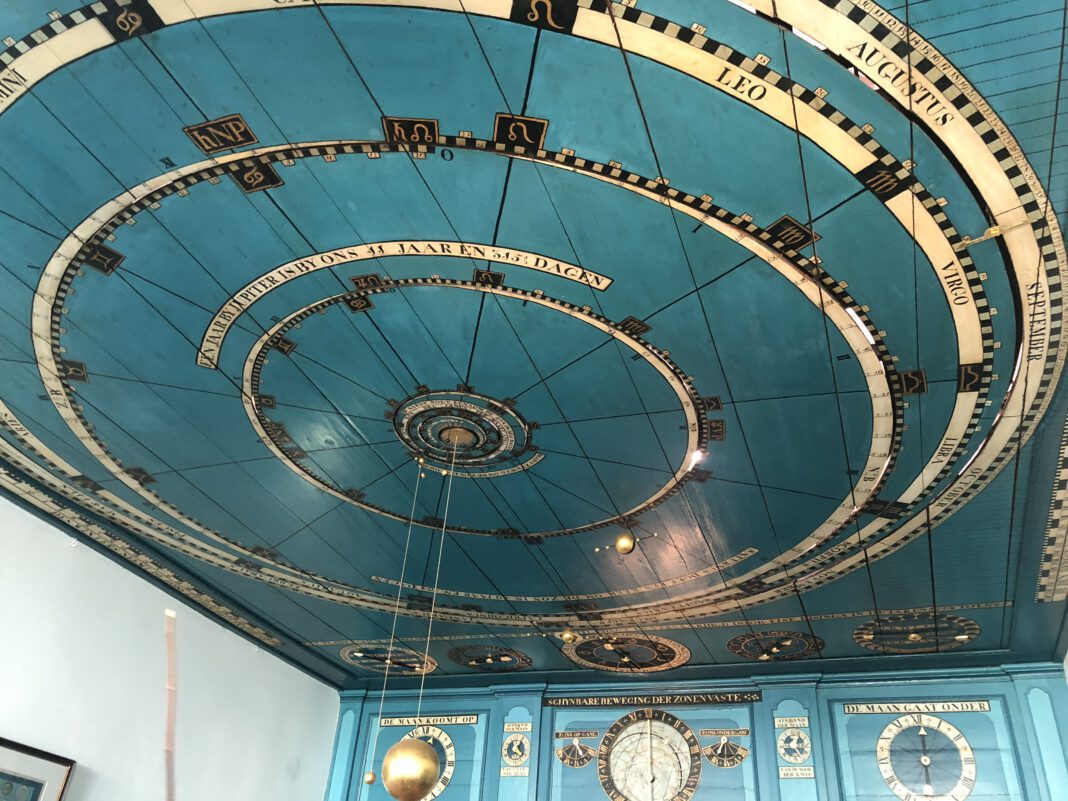The Netherlands has something to celebrate: the Eise Eisinga Planetarium has just been declared a UNESCO World Heritage Site. 🥳
The planetarium, which is located in Franeker, Friesland, is the oldest working planetarium in the world — and now one of the youngest World Heritage Sites!
With this newest addition, the Netherlands now hosts a total of 13 World Heritage Sites, NOS writes.
According to UNESCO, to be included on the World Heritage List, “sites must be of outstanding universal value and meet at least one out of ten selection criteria.”
A glorious planetarium… built in someone’s living room
The Eise Eisinga Planetarium was built between the years of 1774 and 1781, by none other than Eise Eisinga himself.
Who was he? Just a wool manufacturer who really liked astronomy. So much so that he decided to build a planetarium in his canal house.
Yup, you read that right. The hobby astronomer casually suspended a grand mechanical model of our solar system from the ceiling of his living room — and according to the BBC, his calculations were so accurate that they’re still correct to this day!
Eisinga’s house is open to the public, and besides the planetarium, visitors may also see Eisinga’s living quarters, as well as his wool-combing ateliers.
A long time coming
The house in Franeker has been a national treasure for a long time. Some 200 years ago, it was bought by William I, Prince of Orange — and in 1967, it became a Dutch national monument.
The Netherlands first proposed the inclusion of the planetarium on the World Heritage Sites list in 2021.
A year ago, members of the UNESCO committee visited the house — and by the looks of it, they were left starstruck. ✨
On Tuesday, during a committee meeting in Riyadh, Saudi Arabia, the committee decided that the planetarium was an “iconic example of an 18th-century orrery, representing exceptional creativity in both its extraordinary technical design and execution and artistic expression.”
Have you ever visited the Eise Eisinger Planetarium? Let us know in the comments!
Feature Image: Erik Zachte/Wikimedia Commons/CC BY-SA 4.0



